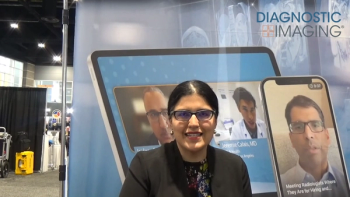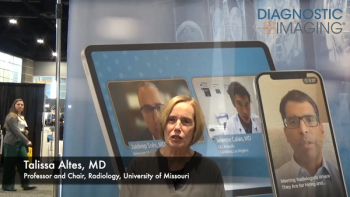
MRI vendors attempt compact magnet siting
Siemens has made substantial changes in the design and layoutof its magnetic resonance imaging equipment over the past fewmonths. The vendor is suggesting changes in computer layout, consoledesign and radio-frequency shielding configurations for
Siemens has made substantial changes in the design and layoutof its magnetic resonance imaging equipment over the past fewmonths. The vendor is suggesting changes in computer layout, consoledesign and radio-frequency shielding configurations for existingusers, said Morris Stein, president of the Stein-Cox Group ofPhoenix. Stein's architectural firm specializes in MRI designand siting.
The goal of these equipment and siting design changes is tosave space. MRI vendors are attempting to place their scannersin spaces that were not considered feasible in the past, Steinsaid. In some cases, the spaces remain infeasible.
"The reality is that there are a number of places youcannot put an MRI (system)," he said.
Stein-Cox has also witnessed an increase in demand for Siemensand Picker MRI systems, in large part due to the popularity ofthe active-shield magnets built by Oxford and used by both vendors(SCAN 2/13/91).
"We are seeing people who would never have thought oflooking at Picker now buying Picker. It is due to (Picker's) overall(MRI) technology. They seem to be working hard at it," Steinsaid.
The architect has encountered unexpected problems in workingwith active-shield magnets, however. Large, moving steel objects,such as elevators or outside vehicular traffic, apparently interferewith the magnets even though the objects are located where thegauss fringe field would normally be at sufficiently low levels.
MRI site designers must ensure that such moving objects remaina set distance from the magnet, regardless of the fringe field,because magnetic fields are neutralized by active shielding butnot absorbed, as with steel shielding. The magnetic field maystill be present even though it has a zero value, Stein said.
Newsletter
Stay at the forefront of radiology with the Diagnostic Imaging newsletter, delivering the latest news, clinical insights, and imaging advancements for today’s radiologists.




























